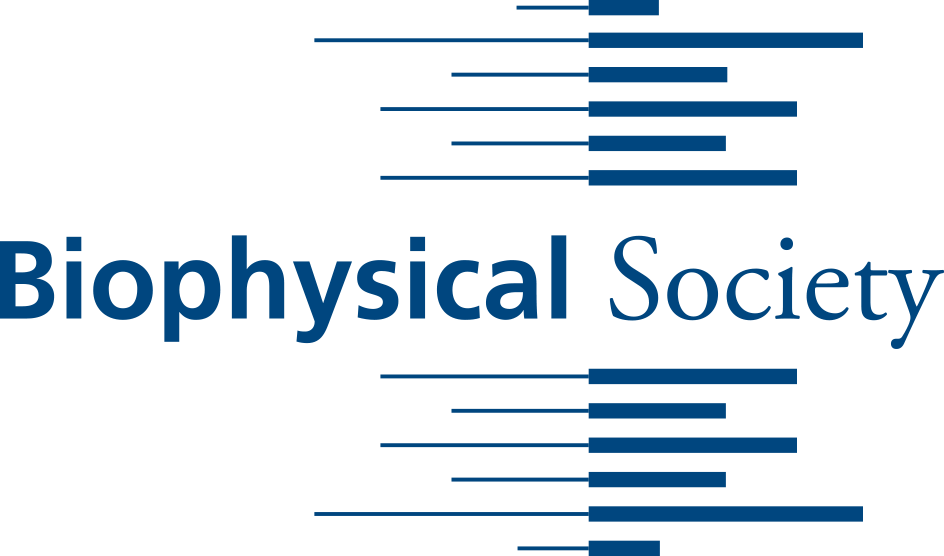Newswise — WASHINGTON, D.C., February 14, 2017 -- Life can thrive in some of the most extreme environments on the planet. Microbes flourish inside hot geothermal vents, beneath the frigid ice covering Antarctica and under immense pressures at the bottom of the ocean. For these organisms to survive and function, so must the enzymes that enable them to live and grow. Now, researchers from Georgetown University have homed in on what allows particular enzymes to function under extreme pressures. The team will present its work during the 61st Meeting of the Biophysical Society held Feb. 11-15, 2017 in New Orleans.
Enzymes are proteins that speed up critical biochemical reactions in an organism. For an enzyme to work, its molecular structure has to be stable and flexible. To facilitate a reaction, an enzyme might have to assume different shapes, known as conformations, such as an open or closed conformation -- a mechanical motion that would fail if its molecular structure were too loose or too tight.
"The overall shape of the protein has to be maintained, otherwise it will unfold and do nothing, but it also needs to be flexible enough so this shape can morph into different functional conformations," said Qi Huang, a graduate student in Toshiko Ichiye's lab at Georgetown University. Higher temperatures would loosen the atomic interactions in an enzyme, making it less stable but more flexible. High pressures would compress the enzyme and force it to become more rigid, making it more stable but less flexible. So for an enzyme under extreme conditions to function, it must adapt to have the right level of stability and flexibility. An enzyme adapted to high pressures, for example, might be more flexible than if it were adapted to normal pressures.
To better understand the effect of pressure on an enzyme -- and, in particular, how it affects its flexibility -- researchers led by Ichiye used computers to simulate the behavior of an enzyme at the molecular level, under various pressures and temperatures.
The researchers wanted to know which aspect of an enzyme's flexibility enables it to function under high pressures. An enzyme could be more flexible overall, like a bowl of jelly, or more flexible only at joints, like a robot. More likely, it could be flexible in both ways.
The researchers focused on a well-studied enzyme called dihydrofolate reductase, which is found in the familiar E. coli, a bacterium that lives under normal conditions, called a mesophile. They also studied a high-pressure version of the enzyme found in M. profunda, a microbe found at the bottom of the Atlantic, making it both a piezophilic (pressure-loving) organism as well as a psychrophilic (cold-loving) organism.
By comparing the two microbes, the researchers discovered that it's the collective motion involving small groups of atoms that bear on the jellylike nature of the protein that was most important. A mesophilic enzyme should work best under normal pressures while a piezophilic enzyme should work best under high pressures. The researchers found that when these enzymes worked their best, their collective motions were similar and in order for a piezophilic enzyme to adapt to high pressures, it needed to adjust its collective motion to match a mesophile's motion under normal pressure.
Understanding how these so-called extremophiles thrive helps scientists gauge under what conditions life can exist -- whether it's in the ocean, deep underground, or even outer space, Huang said.
These kinds of studies could even help researchers engineer proteins from mesophilic organisms to work in extreme conditions. "We can change the DNA sequence or the amino acids of a mesophilic protein and make it function under high pressure, low or high temperatures, just like those extremophiles," Huang said. That could be useful in industrial settings, for example in making biofuels and other chemicals that require extreme conditions for optimal production. Knowing the limits of microbial life could also be useful for sterilizing and preserving food by high-pressure processing.
Session 184.03 - Posters: Protein Dynamics and Allostery III 1733-Pos/B53 "Extreme biophysics: enzymes under pressure" is authored by Qi Huang, Jocelyn M. Rogers, Russell J. Hemley and Toshiko Ichiye. It will be at 1:45-3:45 p.m. Central Time on Tuesday, Feb 14, 2017 in Hall B-2 & C of the Ernest N. Morial Convention Center.
ABSTRACT: http://www.abstractsonline.com/pp8/#!/4279/presentation/2364
-------------------MORE MEETING INFORMATION-------------------
ABOUT THE MEETING
Each year, the Biophysical Society Annual Meeting brings together more than 6,000 researchers working in the multidisciplinary fields representing biophysics. With more than 3,600 poster presentations, over 200 exhibits, and more than 20 symposia, the BPS Annual Meeting is the largest meeting of biophysicists in the world. Despite its size, the meeting retains its small-meeting flavor through its subgroup symposia, platform sessions, social activities and committee programs. The 61st Annual Meeting will be held at Ernest N. Morial Convention Center in New Orleans, Louisiana.
PRESS REGISTRATION
The Biophysical Society invites professional journalists, freelance science writers and public information officers to attend its Annual Meeting free of charge. For press registration, contact Ellen Weiss at [email protected] or the Media Line at the American Institute of Physics at [email protected] or 301-209-3090.
NEWS RELEASES
Embargoed press releases describing in detail some of the breakthroughs to be discussed at the meeting are available on Newswise and Alpha Galileo or by contacting the Media Line at the American Institute of Physics at [email protected] or 301-209-3090.
QUICK LINKS
Main Meeting Page: http://www.biophysics.org/2017meeting/Home/tabid/6672/Default.aspxSymposia: http://www.biophysics.org/2017meeting/Program/ScientificSessions/Symposia/tabid/6756/Default.aspxDesktop planner: http://www.abstractsonline.com/pp8/#!/4279
ABOUT THE SOCIETY
The Biophysical Society, founded in 1958, is a professional, scientific Society established to encourage development and dissemination of knowledge in biophysics. The Society promotes growth in this expanding field through its annual meeting, monthly journal, and committee and outreach activities. Its 9,000 members are located throughout the U.S. and the world, where they teach and conduct research in colleges, universities, laboratories, government agencies, and industry. For more information on the Society, or the 2017 Annual Meeting, visit http://www.biophysics.org.
###
